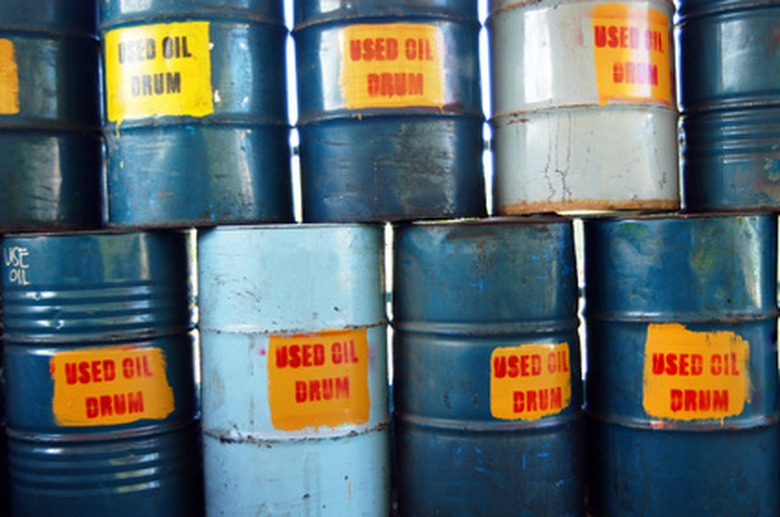What Is Polyethylene Glycol?
Polyethylene glycol (PEG) is made from ethylene glycol (ethane-1,2-diol), the main ingredient in antifreeze. When ethylene glycol (molecular weight, 62.07) polymerizes, reacts with itself (in water), the reaction yields a variety of products containing varying numbers of ethylene glycol units. These products are all called PEGs. The general molecular formula for PEG is H(OCH2CH2)nOH, where n represents the number of ethylene glycol units contained in the PEG polymer. PEGs have many industrial, food and pharmaceutical uses.
Types of PEGs
Types of PEGs
The molecular weights of PEGs are determined by the number of ethylene glycol units incorporated into each PEG polymer and vary from 300 grams per mole to 10,000,000 grams per mole. The molecular weight in turn determines the characteristics of each type or category of PEG. Low molecular weight PEGs, containing two-to-four ethylene glycol units per polymer, are clear, watery liquids. PEGs containing up to 700 ethylene glycol units per polymeric product are clear, thick liquids. PEGS having 1,000 or more ethylene glycol units per polymeric product are waxy solids.
Characteristics of PEGs
Characteristics of PEGs
PEGS are non-toxic, odorless, colorless, nonirritating and do not evaporate easily. PEGs are considered inert (they do not react with other materials), and they are nontoxic. PEGs are soluble in many organic solvents. All PEGs readily dissolve in water and do not change the color, odor or taste of the water.
Medical Uses of PEGs
Medical Uses of PEGs
The characteristics of PEGs make them excellent materials for use in the pharmaceutical industry. PEGs are used as lubricants and are employed in a variety of pharmaceutical products as solvents, dispensing agents, ointments, delivery liquids for medications, fillers for tablets, as suppository bases, in ophthalmic solutions and as a treatment for constipation. PEGs are also used in veterinary products.
Industrial Uses of PEGS
Industrial Uses of PEGS
In manufacturing processes, PEGS are used as water-based coatings, anti-dusting agents in agricultural products, brighteners in electroplating, cleaners and detergents, moisturizers in cosmetic products, dye carriers for paints and inks, packaging products, non-stick agents for molded products, color stabilizers for paper, ceramics manufacture, a softener and anti-static agent in textile manufacture and in soldering fluxes.
Oral Health Uses of PEGs
Oral Health Uses of PEGs
PEGs, in combination with other products, are used in toothpastes, breath fresheners and mouthwashes, including anti-plaque and antiseptic mouth rinses. PEGs are used to keep all ingredients in solution and to increase the shelf-life and stability of the products.
Cite This Article
MLA
Truschel, Ann Louise. "What Is Polyethylene Glycol?" sciencing.com, https://www.sciencing.com/polyethylene-glycol-2507/. 24 April 2017.
APA
Truschel, Ann Louise. (2017, April 24). What Is Polyethylene Glycol?. sciencing.com. Retrieved from https://www.sciencing.com/polyethylene-glycol-2507/
Chicago
Truschel, Ann Louise. What Is Polyethylene Glycol? last modified March 24, 2022. https://www.sciencing.com/polyethylene-glycol-2507/
